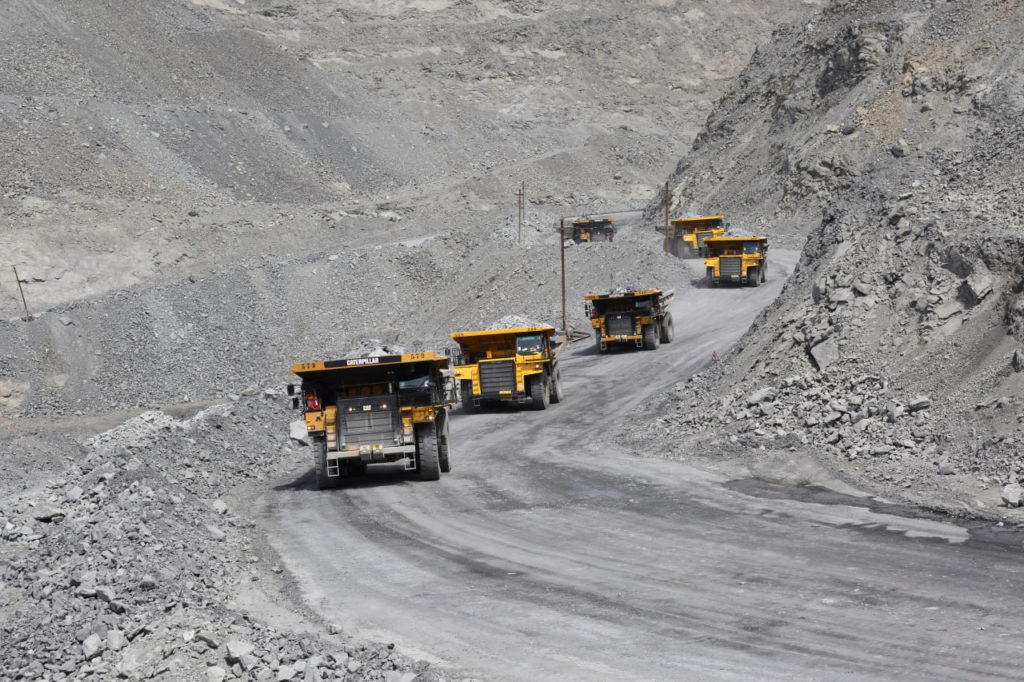Labour costs will soon beat oil as mine’s biggest expense, new data indicate


Labour costs are replacing oil products as a mine’s most expensive item as inflation impacts operating expenses more than capital costs, new reports show.
Wages for some copper and gold mine employees in the southwest United States increased by around 10% in the last year and a half, helping raise hourly pay by 4% at unionized and non-union surface and underground metal and industrial mineral mines across the U.S., according to Costmine Intelligence, a unit of The Northern Miner Group.
The trend is part of 30% higher labour costs since the 2015 commodity bear market, Costmine vice-president Mike Sinden said in a recent interview. Barring another oil price shock, U.S. workforce costs are expected to be the fastest increasing element in a mine’s expenses, Sinden said. For open pit mines, he says labour could exceed half of their costs.
“As non-unionized labour gains bargaining power and union contracts roll off, we expect to see double-digit labour costs,” Sinden said. “That could really add fuel to the fire if energy prices stay strong.”
Labour costs are rising in Canada and the U.S. at a similar pace when accounting for foreign exchange. Until 2021, wage cost increases largely matched inflation at around 2% to 4%, but last year saw some pay increases of 5% to 12%, Costmine data show. Salaried staff saw similar increases.
Comments